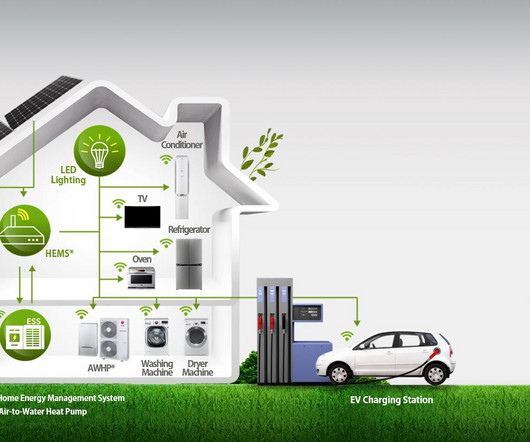UCSD researchers improve method to recycle and renew used cathodes from Li-ion batteries via eutectic molten salts
Green Car Congress
APRIL 18, 2019
Researchers at the University of California San Diego have improved their recycling process that regenerates degraded cathodes from spent lithium-ion batteries. Illustration of the process to restore lithium ions to degraded NMC cathodes using eutectic molten salts at ambient pressure. —Zheng Chen.
























Let's personalize your content